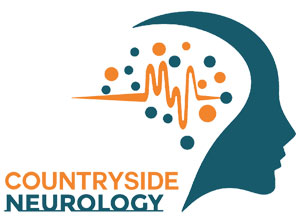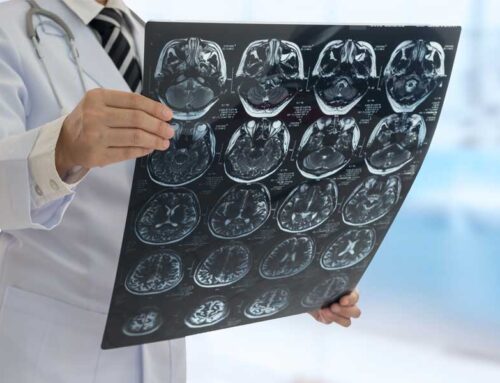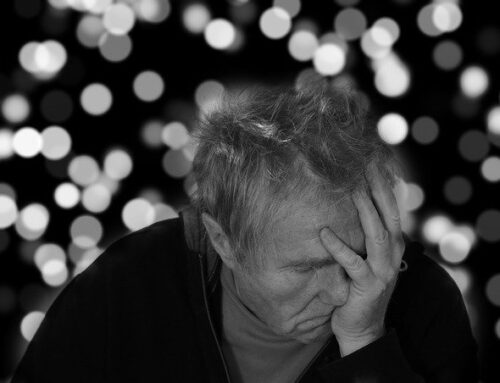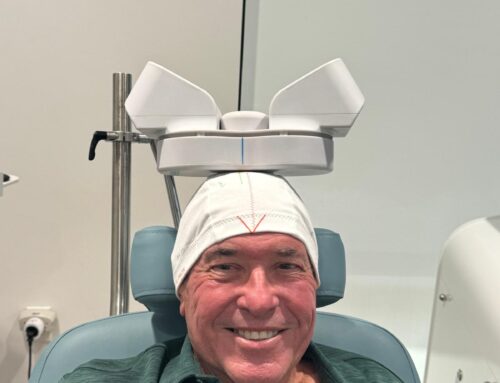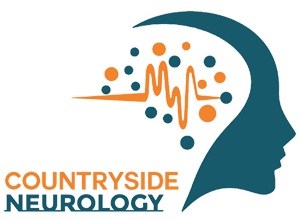Introduction: Diving into the uncharted territories of post-stroke dysphagia recovery, a groundbreaking study titled “Theta-Burst Transcranial Magnetic Stimulation for Dysphagia Patients during the Recovery Stage of Stroke: A Randomized Controlled Trial,” unfolds a new chapter in rehabilitation. Published in the European Journal of Physical and Rehabilitation Medicine, this randomized controlled double-blinded trial explores the efficacy of intermittent theta burst stimulation (iTBS) and continuous theta burst stimulation (cTBS) in post-stroke dysphagia patients within the crucial recovery stage.
Abstract Highlights: The study introduces Theta-Burst Transcranial Magnetic Stimulation (TBS) as a rising star in Repetitive Transcranial Magnetic Stimulation (rTMS). It scrutinizes the impact of iTBS and cTBS on patients grappling with dysphagia post-stroke, offering insights into a realm where therapeutic efficacy was previously obscured.
Methods: Conducting a meticulously designed trial, the study enrolls ninety patients with dysphagia after stroke within 1 to 6 months. The patients are categorized into supratentorial and brainstem groups, further divided into sham, iTBS, and cTBS subgroups. Over a span of 4 weeks, each subgroup receives 30 minutes of daily traditional swallowing rehabilitation treatment. Notably, iTBS is administered over the cortex of the suprahyoid muscles on the affected hemisphere, while cTBS is applied on the unaffected hemisphere. The sham subgroup undergoes sham stimulation on a unilateral hemisphere.
Results and Implications: In the supratentorial group, the iTBS subgroups exhibit significant improvements in Standardized Swallowing Assessment (SSA), Oral Motor Function Scale (OMFS), vocal folds movement, laryngeal sensation, and Rosenbek Penetration-Aspiration Scale (PAS) compared to the sham and cTBS subgroups. In the brainstem group, both iTBS and cTBS subgroups display significant enhancements in SSA, OMFS, Yale Pharyngeal Residue Severity Rating Scale (YPR-SRS), and PAS compared to the sham subgroup.
Conclusions: The study marks a paradigm shift, highlighting iTBS as a potent stimulatory pattern for enhancing overall swallowing function, whether in supratentorial or brainstem stroke patients. It positions iTBS as a promising approach for post-stroke patient rehabilitation, offering hope in a critical area of recovery.
Unlock the Future of Post-Stroke Rehabilitation at Countryside Neurology! Embark on a transformative journey with Countryside Neurology, where innovative therapies, including Theta-Burst TMS, pave the way for post-stroke recovery. To explore advanced rehabilitation, contact us at 727-712-1567.
